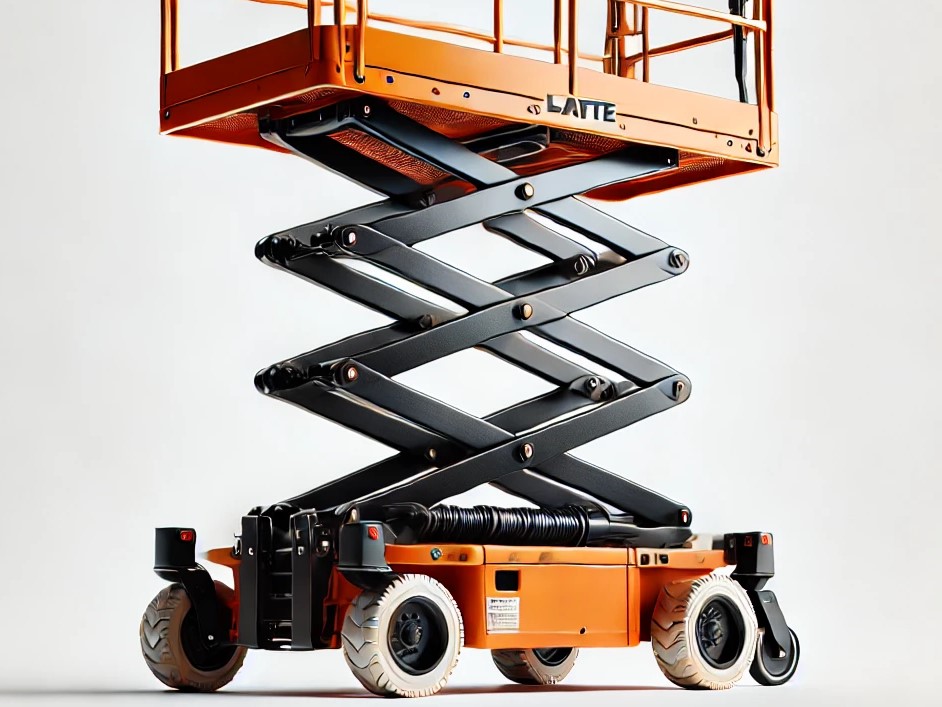Understanding Skid Steer Loaders: Types, Applications & Maintenance
Skid steer loaders have become indispensable machines in modern construction and landscaping operations. These versatile, compact vehicles offer exceptional maneuverability in tight spaces while providing impressive lifting capabilities. From excavation and demolition to material handling and site preparation, skid steers have revolutionized efficiency across various industries with their adaptability and wide range of attachment options.

Skid steer loaders represent one of the most versatile pieces of equipment in the construction and landscaping industries. These compact powerhouses earn their name from their unique steering system, where the wheels on each side operate independently, allowing the machine to turn within its own footprint by skidding or dragging its fixed wheels. This distinctive capability makes skid steers invaluable across numerous applications, from confined urban construction sites to expansive landscaping projects.
Types of Skid Steer Loaders and Their Construction Applications
Skid steer loaders come in various sizes and configurations to meet different job requirements. Small skid steers, typically weighing under 1,700 pounds, excel in indoor renovation projects and landscaping tasks where space is limited. Medium-sized models, ranging from 1,750 to 2,200 pounds operating capacity, represent the most commonly used category on construction sites, offering a balance between power and maneuverability. Large skid steers, with operating capacities exceeding 2,200 pounds, handle heavy-duty applications like major excavation and material handling.
In construction, skid steers perform crucial tasks including site preparation, debris removal, and material transport. They can quickly switch between digging, grading, and lifting operations with minimal downtime. For landscaping professionals, these machines efficiently handle tasks ranging from soil preparation and tree planting to hardscape installation and mulch distribution, making them indispensable for comprehensive outdoor projects.
Key Performance Features: Lift Capacity and Maneuverability
The lift capacity of a skid steer loader represents one of its most critical specifications. This measurement indicates how much weight the machine can safely raise and transport. Vertical lift path models provide greater reach at maximum height, making them ideal for loading trucks or placing materials at elevation. Radial lift path designs offer better performance at mid-range heights, excelling in digging and grading applications.
Maneuverability remains a defining characteristic of skid steer loaders. Their compact frame and zero-turn radius allow operators to work efficiently in confined spaces where larger equipment cannot access. This agility proves particularly valuable in urban construction projects, indoor renovations, and landscaping work around existing structures. Modern skid steers also feature enhanced operator controls, including joystick operation and programmable settings that improve precision while reducing operator fatigue during extended use.
Wheeled vs. Tracked Skid Steer Models: A Comparative Analysis
The choice between wheeled and tracked skid steer models significantly impacts performance across different terrain and working conditions. Wheeled skid steers offer several advantages, including higher travel speeds, better performance on hard surfaces, and typically lower initial purchase costs. They excel on concrete, asphalt, and compacted soil, making them preferred for finished site work and applications requiring frequent movement between locations.
Tracked skid steers, also known as compact track loaders (CTLs), provide superior traction, stability, and flotation on soft or uneven terrain. Their weight distribution across the tracks reduces ground pressure by up to 70% compared to wheeled models, minimizing surface damage and allowing work in muddy or sandy conditions where wheeled machines might become stuck. While tracked models generally command higher purchase prices and maintenance costs, their extended operating season and reduced site remediation expenses often justify the investment for contractors working across diverse terrain.
Attachment Options for Different Job Site Requirements
The true versatility of skid steer loaders emerges through their extensive range of attachments. Most machines feature universal mounting plates that allow quick changes between tools without specialized equipment. Common earthmoving attachments include buckets of various sizes, augers for drilling precise holes, and trenchers for utility installation. Material handling options range from pallet forks and grapples to material buckets and concrete hoppers.
Specialized landscaping attachments transform skid steers into complete ground maintenance systems. Brush cutters and tree spades handle vegetation management, while seeders and tillers prepare soil for planting. For snow removal operations, operators can quickly install blowers, pushers, or angle blades. Hydraulic breakers and concrete saws extend capabilities to demolition work, while brooms and water tanks facilitate cleanup operations. This adaptability allows contractors to maximize equipment utilization across seasons and project types with a single power unit.
Maintenance and Safety Tips for Operating Skid Steer Loaders
Regular maintenance significantly extends skid steer service life while ensuring optimal performance and safety. Daily inspection routines should include checking fluid levels (hydraulic oil, engine oil, coolant), examining air filters, and inspecting tracks or tires for damage. Greasing pivot points according to manufacturer recommendations prevents premature wear on critical components. Hydraulic systems require particular attention, as contamination can quickly damage pumps and valves.
Safety considerations remain paramount when operating skid steer loaders. Operators should always use the manufacturer’s provided safety restraints and never modify or bypass safety systems. Maintaining three points of contact when entering or exiting the machine reduces fall risks. Before operation, the work area should be inspected for hazards like overhead power lines, underground utilities, or unstable ground conditions. When working with attachments, operators must verify proper installation and never exceed the machine’s rated operating capacity. Comprehensive operator training that covers both machine operation and job-specific applications represents the most effective strategy for preventing workplace accidents and maximizing productivity.
Prices, rates, or cost estimates mentioned in this article are based on the latest available information but may change over time. Independent research is advised before making financial decisions.




